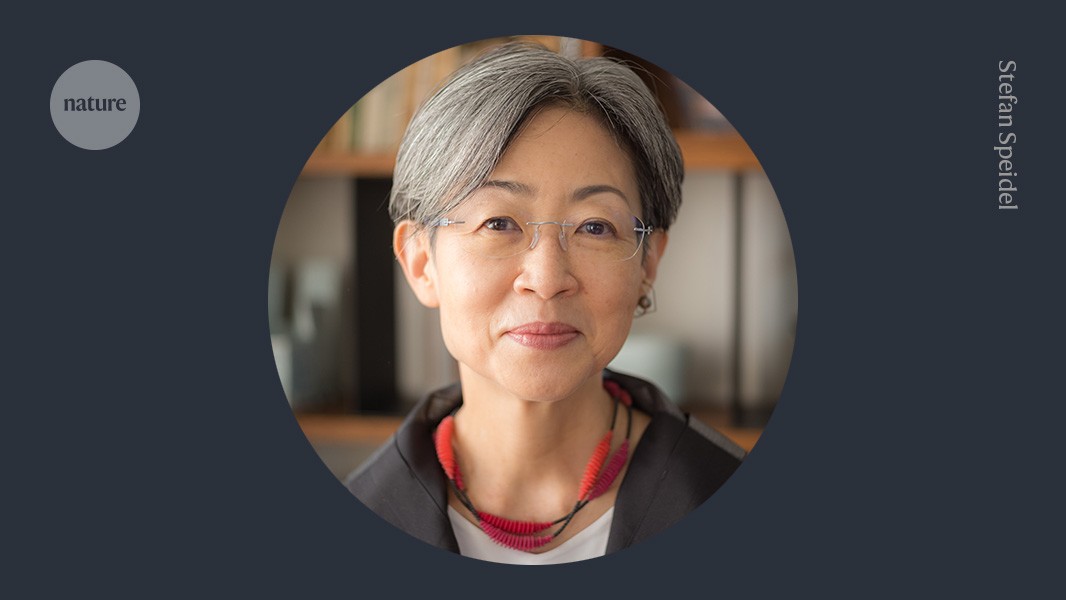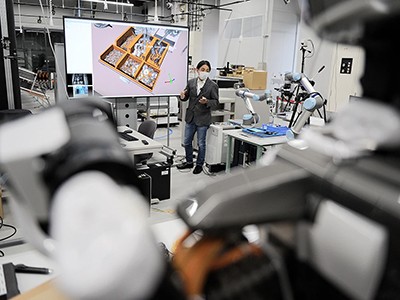Last year, my colleagues and I displayed a provocative poster across the campus of the University of Tokyo (UTokyo), sparking both delight and dismay among staff and students alike. It featured a large letter ‘Q’ at its centre, for question, and challenged viewers with this enquiry: “Why are there so few women at the University of Tokyo?”
Indeed, some 90% of the university’s full professors, 83% of its associate professors and — perhaps even more shockingly — 77% of its undergraduate students are men. These numbers echo those throughout the country’s higher-education institutions. Many campuses across the world similarly struggle with gender and other imbalances.
Japan can be a science heavyweight once more — if it rethinks funding
As the executive vice-president of the university, leading its diversity efforts and global affairs, I have spent the past four years struggling with this inequity. The poster was part of a larger effort to improve recognition across the campus community, prompt reflection on such a skewed ratio and promote change. Although Japan’s constitution guarantees women equal rights, men have historically dominated society, including on campuses. This imbalance cannot continue.
This is why, in 2022, my colleagues and I launched the #WeChangeUTokyo programme, aimed at driving institutional change through five key actions.
First, raise awareness among those that make up the majority of UTokyo’s community — Japanese men. Studies show that members of over-represented groups are more likely to not notice a lack of diversity, whether deliberately or not, and do not always welcome diversity, equity and inclusion efforts that they think they don’t benefit from (A. Iyer Soc. Personal. Psychol. Compass 16, e12666; 2022). We introduced initiatives to improve gender awareness, including unconscious-bias training to improve hiring processes and retention. We run courses to familiarize participants with gender stereotypes, and have workshops on consent and dealing with sexual harassment.
Second, support women in research. We do this through networking opportunities that improve people’s career-development prospects, and provide financial support for travel for those with caring commitments. These funds are available to all, but benefit mostly women, who disproportionately take on caring responsibilities for children, elder family members and others in Japan. And we offer mentorship programmes to help women to navigate their academic and professional journeys.
Are women in research being led up the garden path?
Third, set numerical targets. We aim to increase the proportion of women in faculty from 18% in May 2024 to 25% by the end of the 2027 academic year. Some critics argue that this target is too modest — why not 50%, because women comprise half of humanity? But, on the basis of data from the past 20 years, my colleagues and I think that this would be too big a jump right now. Setting realistic goals instead, then building on those, will be more effective.




